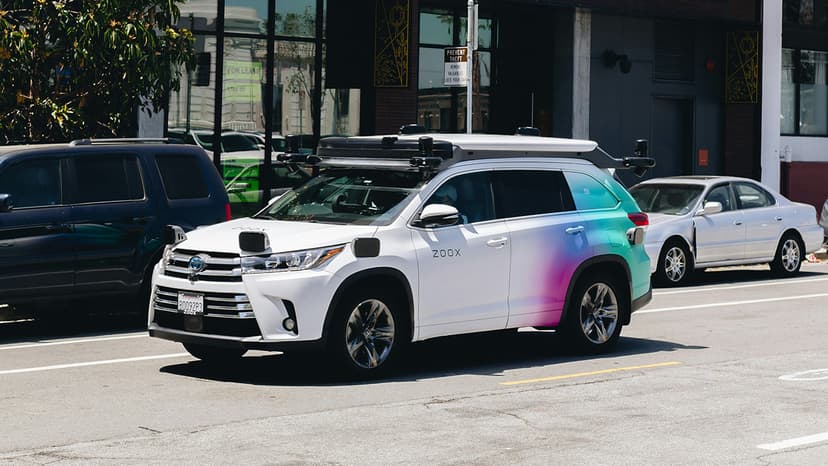What Are The Use Cases Of Solar Energy?
Solar energy, harnessed from the sun’s rays, has emerged as a leading renewable energy source with numerous applications across various sectors. As the world grapples with the pressing need to transition to sustainable energy solutions, solar energy stands out for its versatility, environmental benefits, and potential to drive economic growth. This article delves into the myriad use cases of solar energy, highlighting how it is being utilized to power homes, businesses, and entire communities while contributing to a greener future.
Residential Solar Power
One of the most common applications of solar energy is in residential settings. Homeowners are increasingly adopting solar panels to generate electricity for their households. These photovoltaic (PV) systems convert sunlight directly into electricity, which can be used to power all the electrical appliances and devices in a home. The benefits of residential solar power include significant reductions in electricity bills, increased property values, and the ability to achieve energy independence.
Solar panels on rooftops not only provide a sustainable energy source but also offer a practical solution for homes in remote or off-grid locations. In such areas, traditional power lines may be unavailable or unreliable, making solar energy a viable alternative. Additionally, homeowners can store excess energy generated during sunny days in batteries for use during nighttime or cloudy periods, ensuring a consistent power supply.
Commercial and Industrial Solar Power
Businesses and industries are also turning to solar energy to meet their power needs. Commercial solar installations can range from small systems on office buildings to large-scale solar farms that generate electricity for industrial operations. By investing in solar power, companies can reduce their operational costs, hedge against rising energy prices, and demonstrate a commitment to environmental sustainability.
Solar energy is particularly advantageous for industries with high energy demands, such as manufacturing, agriculture, and data centers. For instance, large warehouses and factories with expansive rooftops can install extensive solar panel arrays to generate substantial amounts of electricity. This not only reduces their reliance on the grid but also lowers their carbon footprint, aligning with corporate sustainability goals.
Solar Energy in Agriculture
The agricultural sector has embraced solar energy in various innovative ways. Solar panels can be installed on farmlands to power irrigation systems, greenhouses, and processing facilities. This is especially beneficial in regions with abundant sunlight but limited access to conventional power sources. Solar-powered water pumps, for example, enable farmers to irrigate their crops efficiently, even in remote areas.
Moreover, the concept of agrivoltaics—integrating solar panels with agricultural activities—has gained traction. In agrivoltaic systems, solar panels are installed above crops or livestock areas, providing shade and reducing water evaporation while generating electricity. This dual-use approach maximizes land productivity and creates a symbiotic relationship between agriculture and energy production.
Solar Energy in Transportation
Solar energy is making inroads into the transportation sector as well. Solar-powered vehicles, such as cars, buses, and even airplanes, are being developed and tested to reduce reliance on fossil fuels. While fully solar-powered vehicles are still in the experimental stage, hybrid systems that use solar panels to supplement traditional fuel sources are becoming more common.
For public transportation, solar-powered bus shelters and charging stations for electric vehicles (EVs) are being installed in many cities. These installations provide a sustainable way to power transportation infrastructure and encourage the adoption of EVs by offering convenient and eco-friendly charging options.
Solar Energy in Public Infrastructure
Governments and municipalities are leveraging solar energy to power public infrastructure, including streetlights, traffic signals, and public buildings. Solar streetlights, for example, use PV panels to charge batteries during the day, which then power the lights at night. This reduces the demand on the grid and lowers energy costs for municipalities.
Public buildings such as schools, hospitals, and government offices are also adopting solar energy systems. These installations not only reduce operational costs but also serve as educational tools, demonstrating the feasibility and benefits of renewable energy to the community.
Solar Energy in Disaster Relief and Humanitarian Efforts
Solar energy plays a critical role in disaster relief and humanitarian efforts. In the aftermath of natural disasters, access to reliable electricity can be severely disrupted. Solar-powered generators and portable solar panels provide essential power for emergency medical equipment, communication devices, and lighting in affected areas.
Organizations involved in humanitarian aid often deploy solar energy solutions to support remote or underserved communities. Solar-powered water purification systems, for example, ensure access to clean drinking water, while solar lanterns and charging stations improve living conditions in areas without grid access.
Solar Energy in Space Exploration
Beyond Earth, solar energy is a vital resource for space exploration. Spacecraft and satellites rely on solar panels to generate power for their instruments and communication systems. The International Space Station (ISS) uses extensive solar arrays to meet its energy needs, showcasing the reliability and effectiveness of solar power in extreme environments.
As space agencies and private companies plan missions to the Moon, Mars, and beyond, solar energy will continue to be a key component of sustainable space exploration. Solar panels will provide the necessary power for habitats, research stations, and rovers, enabling long-term human presence on other celestial bodies.
Solar Energy in Developing Countries
In developing countries, where access to reliable electricity is often limited, solar energy offers a transformative solution. Solar home systems and microgrids are being deployed to provide electricity to off-grid communities, improving quality of life and enabling economic development. These systems power essential services such as lighting, refrigeration, and communication, supporting education, healthcare, and small businesses.
International organizations and governments are investing in solar projects to accelerate electrification in rural areas. By leveraging the abundant sunlight in many developing regions, these initiatives aim to bridge the energy gap and promote sustainable development.
Solar energy not only offers environmental benefits by reducing greenhouse gas emissions but also presents economic opportunities through job creation and energy cost savings. By embracing solar energy across various sectors, we can address some of the most pressing challenges of our time, including climate change, energy security, and equitable access to electricity.












